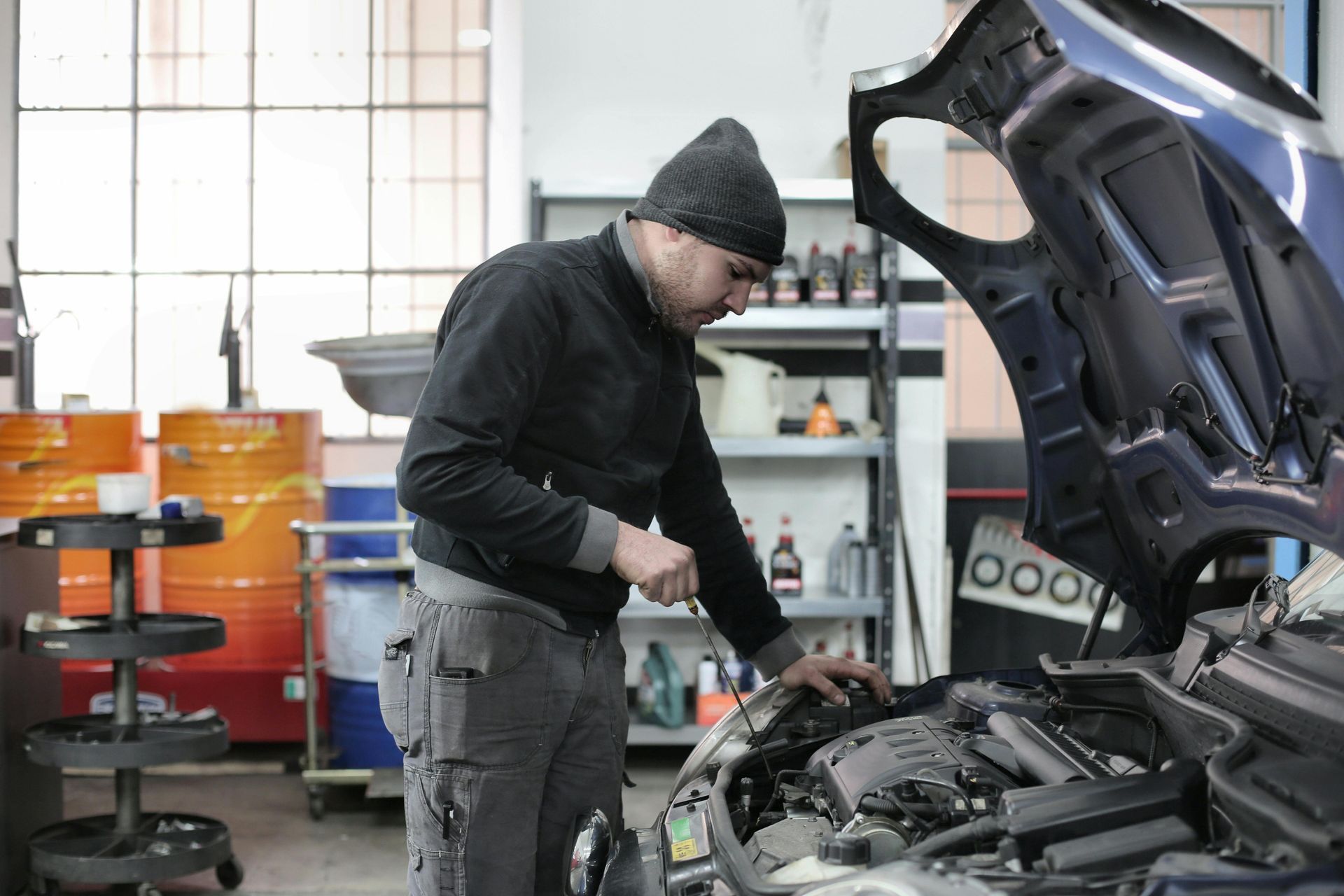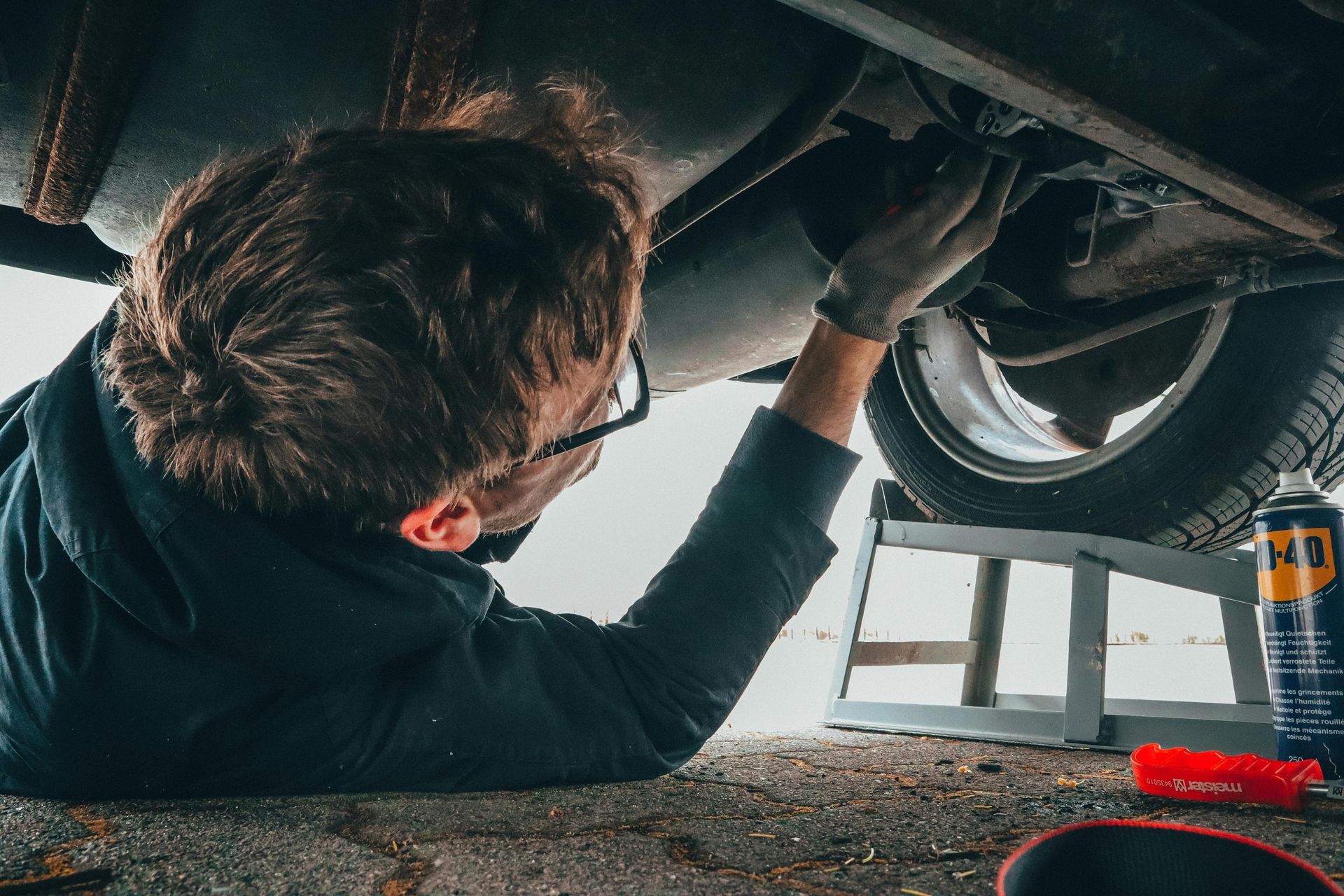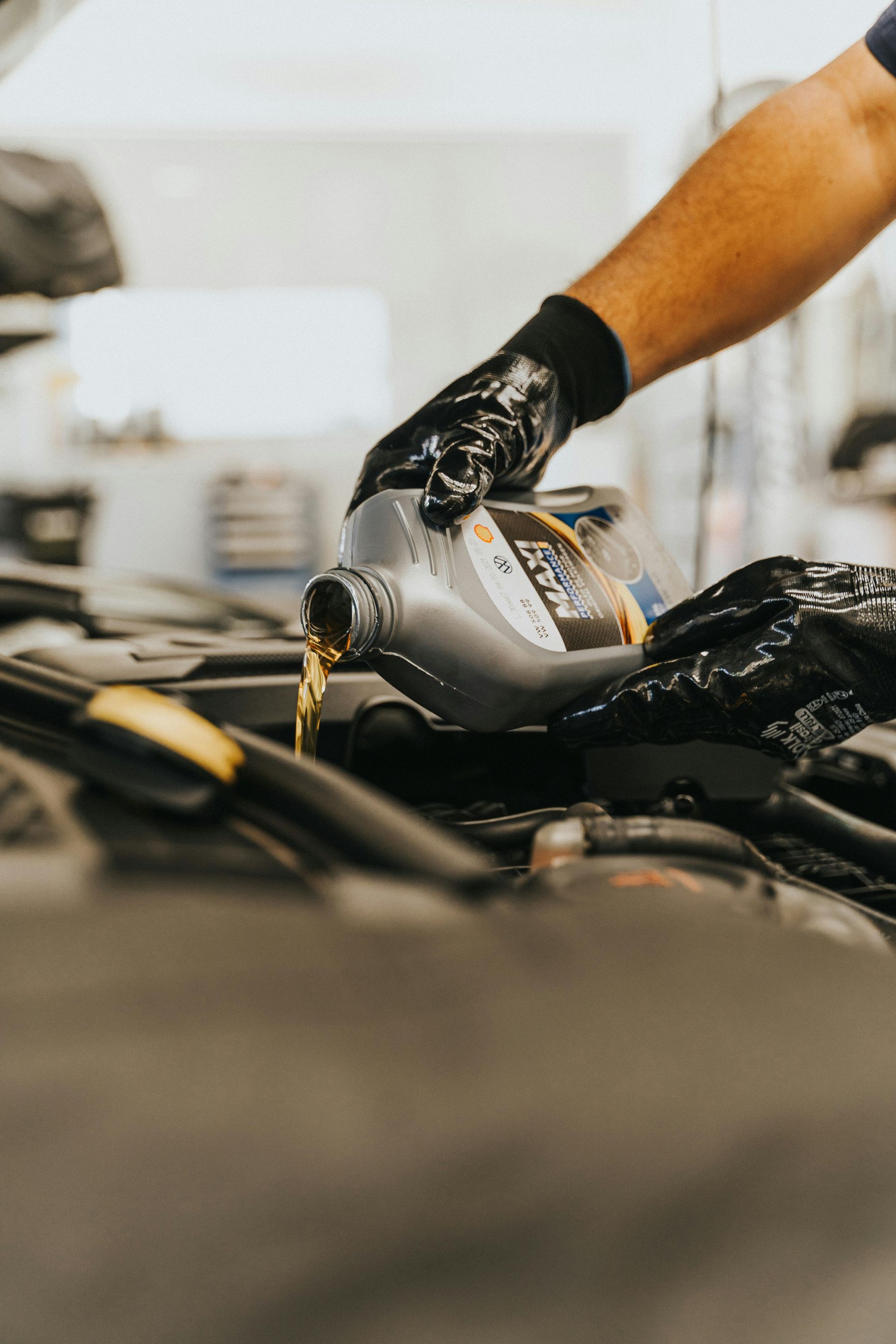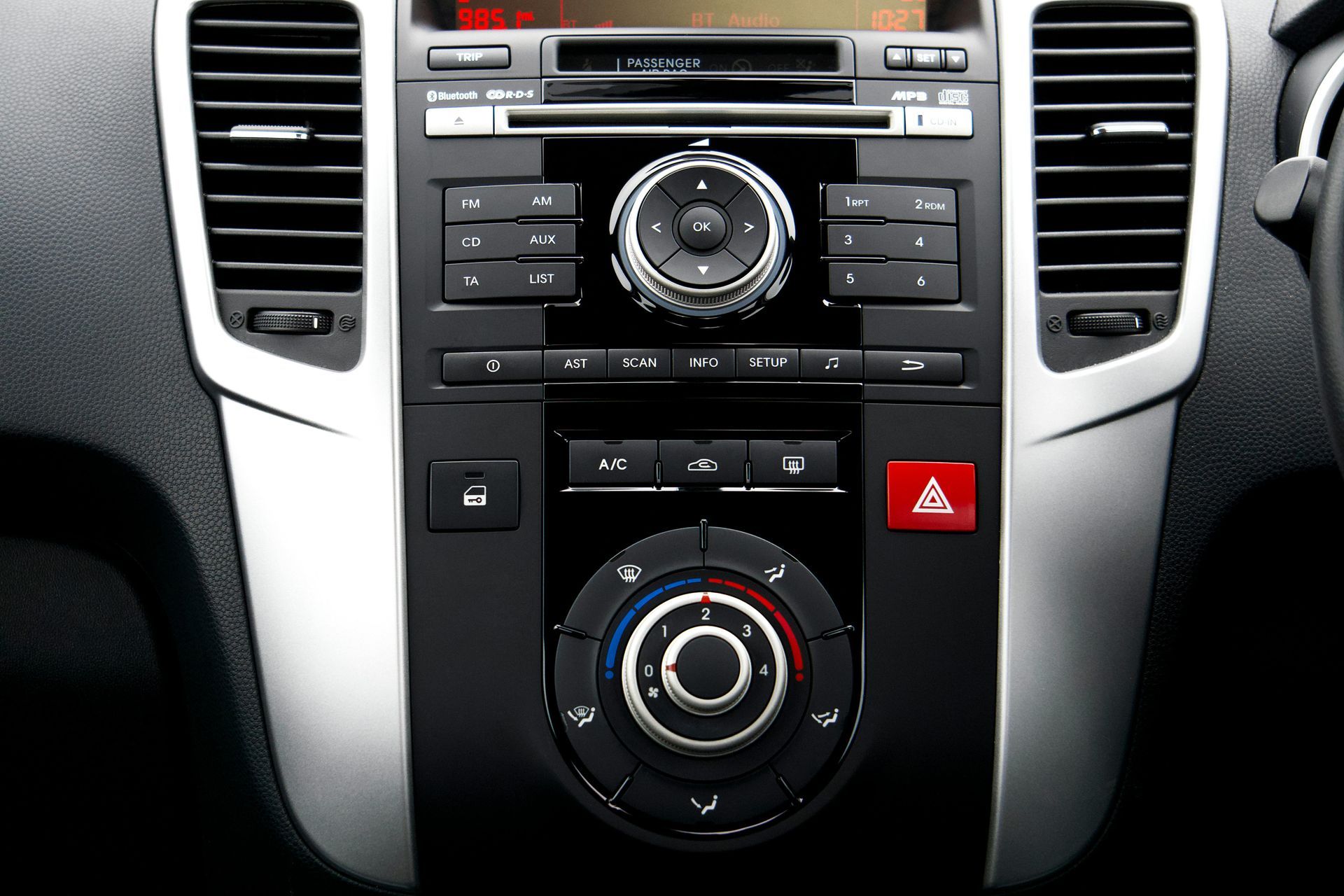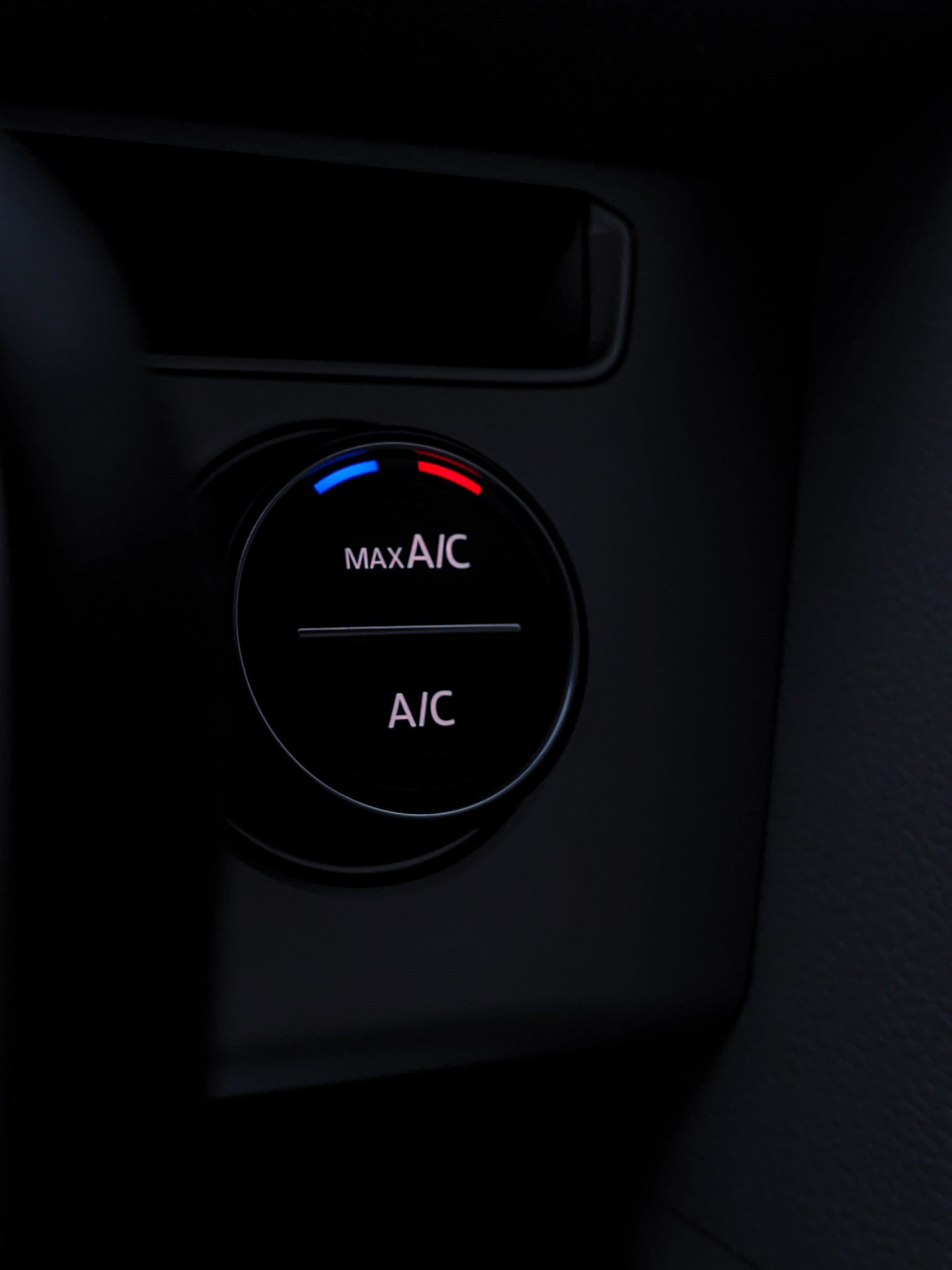The Role of the Transmission in Your Vehicle: A Springfield Driver's Guide
When driving through Springfield's diverse terrain—from the flat stretches along Main Street to the rolling hills near Thurston or the steeper climbs toward the McKenzie River—your vehicle's transmission is quietly performing critical work. Though often overlooked until problems arise, the transmission is one of your vehicle's most complex and essential components. At Willamette Automotive Care, we believe informed drivers make better decisions about their vehicles, so let's explore what your transmission does and why proper maintenance is crucial.
What Does a Transmission Actually Do?
Think of your transmission as the middleman between your engine and your wheels. Its primary functions include:
- Managing power distribution: Your transmission takes the raw power generated by your engine and distributes it to your wheels in the most efficient way possible.
- Controlling speed and torque: By changing gears, the transmission balances speed and pulling power based on driving conditions.
- Enabling reverse movement: Without a transmission, your vehicle couldn't back out of your driveway on Gateway Street or reverse into a parking spot at the Shoppes at Gateway.
- Reducing engine wear: By preventing the engine from working harder than necessary, the transmission extends your engine's lifespan.
Automatic vs. Manual Transmissions: What Springfield Drivers Should Know
While manual transmissions were once the standard, most vehicles on Springfield roads today feature automatic transmissions.
Automatic Transmissions
These use hydraulic systems and complex electronics to change gears without driver input. Benefits include:
- Easier driving in stop-and-go traffic (which helps during rush hour on Pioneer Parkway)
- Less driver fatigue on long trips to Eugene or Salem
- Potentially better fuel efficiency in newer models
- Generally smoother operation
Manual Transmissions
Though less common, manual or "stick shift" transmissions offer:
- More direct control over gear selection
- Often simpler and less expensive repairs
- Better performance in certain driving conditions, like navigating the hills east of Springfield
- Potentially better fuel economy (with skilled driving)
Common Transmission Problems Faced by Springfield Drivers
Springfield's varied terrain and weather conditions can place unique stresses on your vehicle's transmission. Here are problems we commonly see at our Springfield shop:
1. Fluid Leaks
One of the most common transmission issues, fluid leaks can result from:
- Damaged seals or gaskets
- Cracked fluid lines
- Loose pan bolts
Look for red or brown fluid spots where you park, particularly after navigating steeper streets in the Washburn Historic District or after longer drives.
2. Delayed Engagement
If your vehicle hesitates before engaging into drive or reverse when leaving home or a parking spot at Springfield Mall, you might have a transmission issue.
3. Rough Shifting
When driving around town, your transmission should shift smoothly between gears. Clunking, jerking, or hesitation between shifts indicates a problem that needs attention.
4. Unusual Noises
Springfield's relatively quiet neighborhoods make it easier to notice unusual sounds. Listen for:
- Humming or whining
- Clunking when shifting
- Grinding sounds (particularly concerning for manual transmissions)
5. Warning Light
Modern vehicles will alert you to transmission problems through dashboard warning lights. Don't ignore these—especially before heading out on longer trips beyond Springfield.
Why Transmission Maintenance Matters in Springfield, OR
Our local driving conditions present specific challenges for transmissions:
- Temperature fluctuations: Springfield's seasonal temperature changes from hot summers to chilly winters affect transmission fluid viscosity and performance.
- Varied terrain: Driving from flat areas to the hillier eastern parts of Springfield stresses your transmission as it adjusts to changing power demands.
- Stop-and-go traffic: Areas like Gateway Street during rush hour can be particularly hard on automatic transmissions.
Essential Transmission Maintenance Tips
To keep your transmission healthy while driving around Springfield and beyond:
1. Check Fluid Regularly
Transmission fluid should be bright red and have a sweet smell. If it's dark, cloudy, or smells burnt (like after heavy use climbing toward Marcola), it's time for service.
2. Address Issues Promptly
Transmission problems rarely resolve themselves. That strange noise when accelerating past Willamalane Center will likely get worse, not better, without attention.
3. Follow Manufacturer Service Intervals
Most vehicles need transmission service every 30,000-60,000 miles, which translates to approximately 2-4 years of average Springfield driving.
4. Consider Driving Habits
If you frequently tow boats to Dexter Reservoir or carry heavy loads, your transmission works harder and may need more frequent service.
5. Use the Right Fluid
Modern transmissions often require specific fluid formulations. Generic fluids can cause significant damage, especially in newer European vehicles we service at Willamette Automotive Care.
Signs It's Time to Visit Willamette Automotive Care
Consider scheduling a transmission check-up if you experience:
- Slipping gears while accelerating on Centennial Boulevard
- Burning smell from under your vehicle
- Unusual noises when the car is in neutral
- Lack of response when shifting from park to drive
- Transmission warning light on your dashboard
Ready to Give Your Transmission the Care It Deserves?
Don't wait until you're stranded on Main Street with transmission troubles. At Willamette Automotive Care in Springfield, our ASE-certified technicians use advanced diagnostic equipment to identify and resolve transmission issues before they become major repairs.
Whether you need a simple fluid change, a transmission flush, or more comprehensive repairs, we provide honest, transparent service that Springfield drivers have come to trust.
Call us today at (541) 209-6928 or schedule your appointment online. Your transmission works hard every day—make sure it gets the professional care it deserves from Springfield's transmission experts at Willamette Automotive Care.
